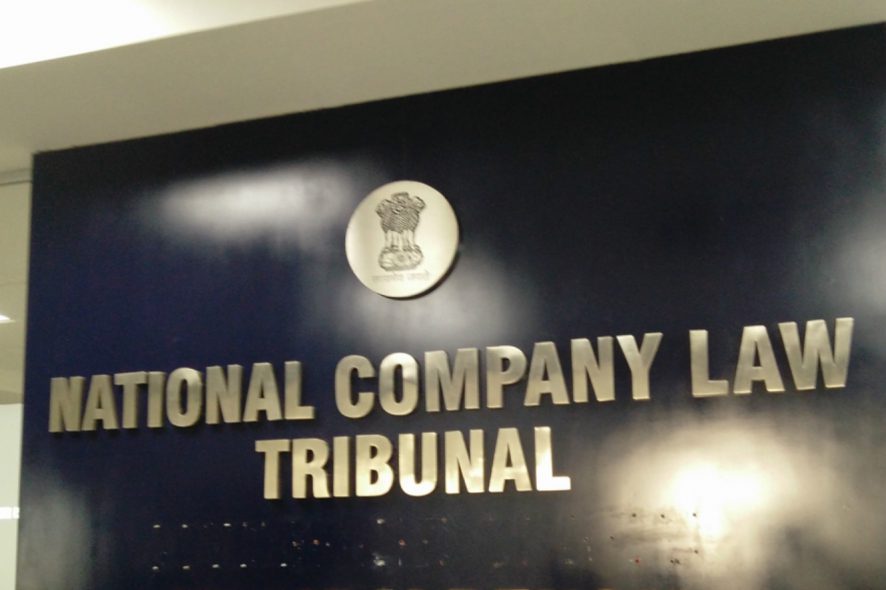National Company Law Tribunal: The Ahmedabad Bench of NCLT rejected a liquidation application made to it uNDER Section 33(2) of the Insolvency and Bankruptcy Code (“the Code”) by the Resolution Professional (“RP”).
The financial creditor filed for initiation of insolvency resolution process under Section 7 of the Code, which was admitted in September 2017 and subsequently a public announcement inviting claims was put out. The Committee of Creditors (“creditors”) appointed an RP in their first meeting but in the second meeting decided and voted on applying to the NCLT to liquefy the corporate debtor (“company”/ “debtor”) on the grounds that:
1. The company was non-operational for 3 years
2. The huge inventory of trucks owned by the company was disused and deteriorating in value every day due to disrepair
3. The chief promoter of the company had been syphoning off money and was in CBI custody
4. The company had lost its customers and employees
5. The loans advanced by the company were unrecoverable and the account books unreliable
Therefore the RP was authorized to file for liquidation without completing the resolution process and the application was duly filed.
The promoter of the company objected to this application and contended that it was still possible to revive the company and generate more revenue than what the liquidation would. The debtor alleged that the creditors have not explored any options to make the company a going concern and have straightaway filed for liquidation. The RP, too, has failed to perform his duties prescribed under Section 25 of the Code.
The intervener (Sunrise Polyfilms) claimed that he has been engaging the debtor’s trucks regularly and had a resolution plan which would generate much more than the revenue from liquidation (a mere 10% of the original claim) within a reasonable time. The intervenor expressed his desire to be considered for appointment as resolution applicant and to manage the debtor company, repair its fleet of trucks and hence revive the company. The intervenor alleged that the RP did not advertise any bids for resolution plan applications as is mandated by Section 25(2)(h) of the Code as follows:
“(h) invite prospective lenders, investors, and any other persons to put forward resolution plans”
It was held by the NCLT that the objective of the Corporate Insolvency Resolution Process is to revive the company, and not to liquidate it. In the present case, the NCLT found no effort from either the RP or the creditors towards making the company a going concern despite the fact that the suspended management of the company has expressed confidence that the company can be revived without extra investment within a short time.
Hence the application for liquidation was rejected, the intervention was allowed and the RP was directed to act in accordance with Section 25 of the Code and put out advertisements inviting bids to propose resolution plans and present them to the creditors as per the spirit of the Code. [Sunrise Polyfilms Pvt. Ltd. v. Punjab National Bank, Inv P.5 of 2018 in IA 27 of 2018 in C.P.(I.B) no. 89/7/NCLT/AHM/2017; decided on 04-05-2018]






